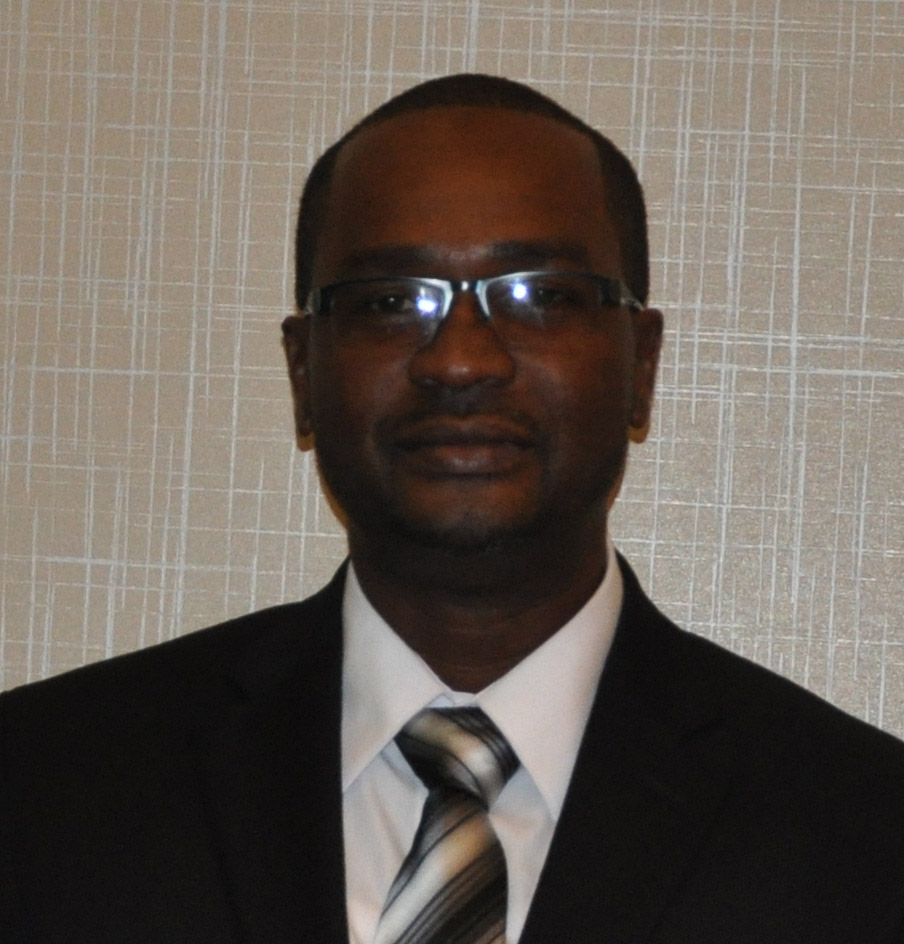Guyana Football Federation (GFF) President Wayne Forde, has defended the current state and structure of youthful football locally, declaring that the present level of activity is unmatched in the history of the federation.
The GFF Boss was responding to an article which criticised the current state of youth football and Academy Training Centres (ATC).
Although he did not name the publication, the Stabroek Sport Sports Scope column on Monday May 14th criticised the GFF Awards Ceremony, the state of youth football and the ATCs.
Speaking at the GFF Secretariat, Section-K, Campbellville, Forde said, “We appreciate the level of scrutiny that the sport receives, we believe it’s good for the sport, for the general public, for the key stakeholders and we want to do everything within our power to grow and improve that relationship.”
He affirmed, “However as any responsible organization would do, we conduct content analysis and we have noticed a pattern emerging that is the reason for this press conference. We have noticed a particular section of the media have been particularly critical of the work of the GFF and seems to have been locked in their focus on all matters that maybe considered fallacious and can malign the good efforts of the GFF.”
According to Forde, “We think it’s unfortunate, but we respect the right of all of our media partners to pursue whatever course they wish to pursue. The one that really struck us very hard in an article that appeared a few days ago that seems to suggest to the public that ATC Programme has collapsed and of course that goes against my work and the vision that I bring to football development in Guyana and the exceptional work my Technical Director Mr.[Ian] Greenwood has been doing, and his team including Bryan Joseph and the other Technical Development Officers, have been working every weekend with the kids.”
Forde said, “It is important that we emphasize that the level of activity that this institution has been in involved in for the past two and a half years is completely unprecedented. Anyone with a fair pair of eyes that has been looking into the GFF recognize the pace which we have been moving is completely unprecedented and I have been around for a very long time, more than two decades and I know as I sat on the opposite side of the institution for many years.”
“We have been doing all of that without the requisite support and funding so while we know that they are other agendas at play, it is below me as President of the institution to engage at those levels but it’s important that the public who may be unsuspected is not tricked into believing that the federation is not executing its mandate”, he added.
Similarly, Bryan Joseph, Technical Development Officer said, “The youth football structure has moved from zero to 100 miles per hour in two and a half years. Obviously this augurs well for the development of football in Guyana. We now have the nine academies functioning, there are basically doing six sessions per week and that is from Under-13 to Under-17, in addition they are also doing grassroots sessions. This equates to basically 12 hours per week, 156 hours nationwide and basically around 700 hours per month. All that is on top of what we have never had before. In the past there was no national youth structure, this is brand new and the players that are experiencing it are the first set of players doing so.”
According to Joseph, Guyana’s success at the 2017 Soualiga Under-15 Tournament is a direct result of the structure of the ATC academy, adding, “We have 16 players per age group that is trained weekly. That is 208
youngsters being exposed to certified D-License coaches handling sessions that are being distributed by the technical department. These are programmes being worked on at the technical department on the philosophy we want to use going forward.”
Joseph, who read from a document which was later presented to the media, said, “The NAMILCO Under-17 and the Frank Watson Under-15 has changed the dynamics of youth football locally. The NAMILCO tournament [two rounds] that was completed had a total of 515 matches countrywide and over 1000 players involved. For the Frank Watson it’s the same thing, over 1000 players were exposed to 244 matches in a single round format. This is totally unprecedented in Guyana football as we know and goes directly to our goal for 2026 World Cup.”
However, upon analysis, the information presented appears to be skewed. According to the statistics emanating from the East Bank Football Association’s statistician and tournament coordinator, Wayne Francois, the zone played a total of 64 games across both rounds of the NAMILCO Under-17, a far cry from the 187 games attributed to the sub-association by the GFF.
The first round featured eight teams and consisted of 28 games, while the second round featured nine teams following the addition of a newcomer, and comprised 36 games. This error calls into question the accuracy of the rest of the information presented.
In terms of the Frank Watson Memorial Under-15 [one round], the information is slightly misleading, with several zones yet to finish their allotment of games, inclusive of Berbice and West Demerara.
Information from zones such as Rupununi, Region One, Bartica and Essequibo could not be easily verified.
It is also hard to validate whether the Bartica, Essequibo, Rupununi and Region One associations completed their allotment of games due to the lack of media coverage in their zones.
Tournament reports from the aforementioned districts were hardly presented in media releases by the federation.
The overall data presented in the Frank Watson tournament was basically the total amount of games which should be played in the entire tournament. Based on the questionable accuracy of the information provided for the games played, one would have to question the veracity of the rest of the data supplied.





